Weekends, accidents, bad weather or road-works. There are many reasons for traffic queues, but they all have one thing in common: where there are queues, there is also a risk of accidents. A survey by the European Truck Accident Causation Study shows that 47 percent of all truck accidents take place in monotonous situations such as traffic queues, with vehicles travelling in the same direction, or in stressful situations such as crossroads and road-works. Now technology is being developed to help ensure that this type of accident becomes less frequent.
Right now, the EU’s HAVEit project is focusing heavily on next-generation intelligent vehicles that can save lives and the environment through the development of advanced driver-assistance systems. The Highly Automated Vehicles for Intelligent Transport project has 28 million euros at its disposal and the aim is to develop a sort of virtual co-driver that responds to the current traffic situation and the driver’s needs. “One of the challenges is how the vehicle should communicate with the driver, what sort of displays, voice functions and so on it should have. We all have different temperaments, so the system must recognise when the driver is feeling irritated or calm,” says Reiner Hoeger, project coordinator for HAVEit.
The automotive industry has been building and conducting research into automated vehicles for some time now and a lot of new features have already made it into production. Tomorrow’s vehicles, however, are being optimised to assist the driver not just by helping him or her but by actually taking over certain tasks when necessary. This technology relies on a number of sensors on the outside of the vehicle that respond to the traffic environment and scan lane markings, road signs, the current traffic situation and the road conditions. This is combined with an internal system that monitors the driver and interprets his or her needs. What is more, the truck is enhanced so that it can be controlled electronically. The same technology will also help make the vehicles more economical and help the driver drive in a more environmentally favourable way. “We are not trying to make the driver superfluous, we want him or her to always have some form of control. We do this through continuous dialogue between driver and system, where the vehicle becomes more or less automated depending on the current circumstances,” explains Reiner Hoeger.
All told, 20 companies are involved in the project which started in 2008 – everything from vehicle manufacturers to universities. One of the major contributions comes from Volvo Technology. The aim is that in 2011, the project should demonstrate the new technology in seven vehicles, three of them heavy commercial vehicles from Volvo. Two trucks are currently undergoing a digital transformation at Volvo Technology in Göteborg, Sweden. One truck focuses more on safety, the other on environmental aspects. The safety truck will spotlight the development of systems and automation designed to assist the driver in repetitive traffic tailback situations characterised by monotonous low-speed progress. “The queue support system for trucks that is in production today works down to 30 km/h. This is still a relatively high speed. We are working on queue support down to 0 km/h. What is more, the truck should automatically stop if the vehicle in front stops, and start moving again without the driver pressing the accelerator,” says Erika Jakobsson, project manager at Volvo Technology. The other part of the automated queue support system that Erika and her colleagues are working on is dedicated to keeping the truck in the right lane. “Today’s lane support system issues an audible warning which requires that the driver responds. Now we are examining an entirely automated process so that the truck always drives in the middle of its lane without the driver having to do anything.” This degree of automation is achieved through nine sensors installed on the safety truck: a lane and object camera above the windscreen, a camera in the cab to monitor the driver’s status, two short range radars (one on either side of the truck), and three lasers. In addition the truck is fitted with V2V communication and the E-Horizon system. E-Horizon is a collective term for systems that are linked to map databases. With the help of GPS and highly detailed maps, the truck receives a continuous flow of information about gradients, curves and crossings further down the road, adjusting the driveline and tailoring progress so that it is as efficient and economical as possible. Vehicle-to-Vehicle Communication is a similar system that instead exchanges information with other vehicles in the vicinity. For instance, if the driver is in a traffic queue and a vehicle further ahead slams on its brakes, the driver immediately receives a warning. In a traffic tailback, this means that the driver gets the necessary information several seconds before he sees the brake lights come on in the vehicle in front. “We quite simply fit eyes to the truck,” says Erika Jakobsson.
This sensor-based technology also figures prominently in the other truck being developed as part of the project. This environmentally optimised truck must be able to handle the use of a hybrid engine by optimising the use of the combustion engine, electric motor and correct gear ratio. “Advance information from the sensors is a smart way of controlling the hybrid driveline since we have two sources from which to obtain the power. We can also coach the driver in good driving habits that reduce fuel consumption, a sort of built-in driver training,” says Erika, who leads a team of 16 people from all over Europe. Project coordinator Reiner Hoeger hopes that we will soon have safer and more fuel-efficient vehicles on our roads. “I hope that some of this technology will make it into production in about 2012, but if we look further ahead, to 2020, even the more advanced functions will be in production by then.”

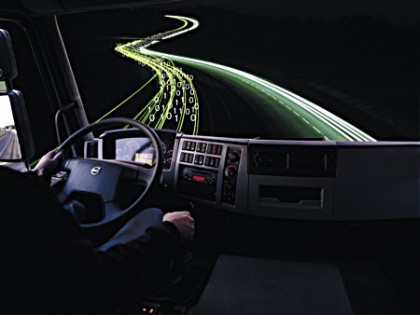
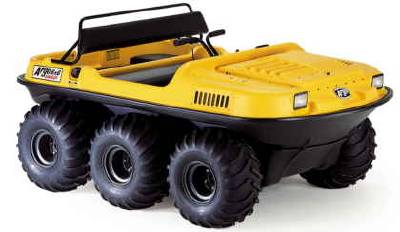
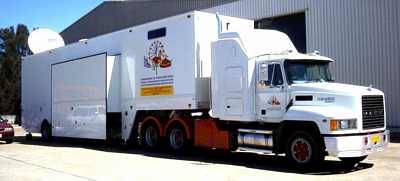
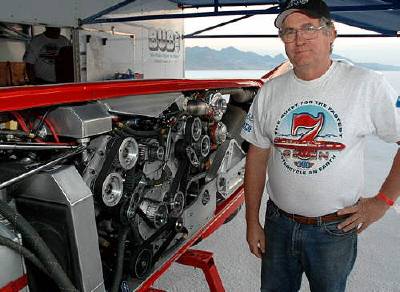
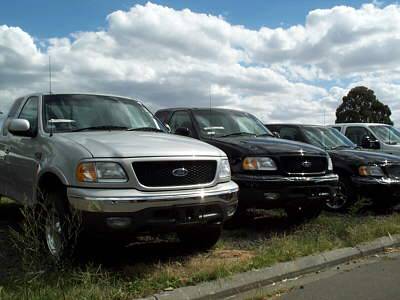



Fascinating. Volvo certainly seem to be at the forefront of this technology. Look forward to watching future developments.